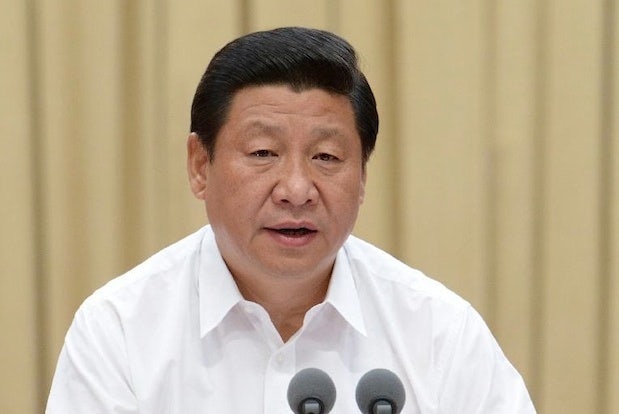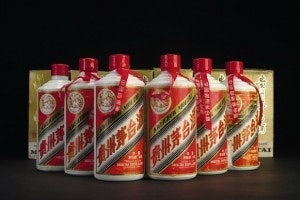Major Obstacle For Some Companies, Minor Speed Bump For Others#

Xi Jinping, general secretary of the Central Committee of the Communist Party of China (CPC) and Chinese president, officially announces the "Mass Line" campaign to crack down on extravagance, among other things, in front of a very non-extravagant curtain. (Xinhua)
Splashed over the front pages of China's official media outlets today is Xi Jinping's official launch of his "mass line" campaign, a confirmation of his ongoing efforts to curb corruption and extravagance that have been felt by some segments of the luxury industry in recent months. While the announcement demonstrates that the ongoing extravagance crackdown is here to stay for quite awhile, it is not particularly surprising, nor will it have a dramatic effect on all parts of the luxury industry.
Since the beginnings of this campaign, Xi has hoped all along that his efforts will cut down on the omnipresent and growing views of officials as out-of-touch, decadent, and corrupt. According to his speech, the campaign will continue attacks on the "four forms of decadence": formalism, bureaucratism, hedonism, and extravagance. For the luxury industry, this has meant a crackdown on banquets, a ban on luxury advertisements, restrictions on military use of luxury cars, and pressure on officials and their spouses to avoid conspicuous displays of wealth.

Moutai profit growth has dropped significantly over the past year.
This campaign may have official luxury purchases in its crosshairs, but it is not a major turning point for the parts of the luxury industry which have already been feeling the effects of the crackdown. In addition, not all segments of luxury have been equally hit. This announcement mainly marks a long road ahead for certain luxury goods heavily associated with official gifting, such as baijiu and Swiss watch brands. However, this drawn-out campaign is expected to eventually have an end point. Jing Daily columnist Renee Hartman wrote in April, "Most longtime China watchers believe that the heyday of hedonism is not likely to return until well into 2014, if not later."
Not all of China's wealthy are officials, and as a result, luxury segments popular with general consumers such as apparel, lifestyle brands, and certain beverages marketed toward a younger clientele are not taking as much of a hit. Even in the midst of both a crackdown and general downturn, many first-quarter growth numbers have left double digits intact, and some have even grown. Ferragamo, Armani, and Burberry were some of the companies seeing especially decent first-quarter growth.
Some luxury brands have been predicting a growth rebound in the second half of this year, but rather than doing so because of an expectation that the crackdown would end, their predictions have been linked to general conditions of China's economy such as GDP growth and interest rates. Optimistic predictions appear related to analysts' more bullish growth projections, which in some cases stretch up to a forecast of 8.6 percent year-end GDP growth. If the luxury slowdown does not pick up as much speed as some expect, it will likely not be due to the crackdown as much as it will to other economic factors. Goldman Sachs predicts the current 7.7 percent growth rate to actually drop to 6 percent by the year's end, which would be much more of an indicator of generally slowing growth across many sectors.
The bottom line with this news is that China's luxury slowdown is not fully connected to the crackdown for many brands, and most brands continue to expand in the country with the expectation that both are temporary and an eye on rising Chinese incomes.